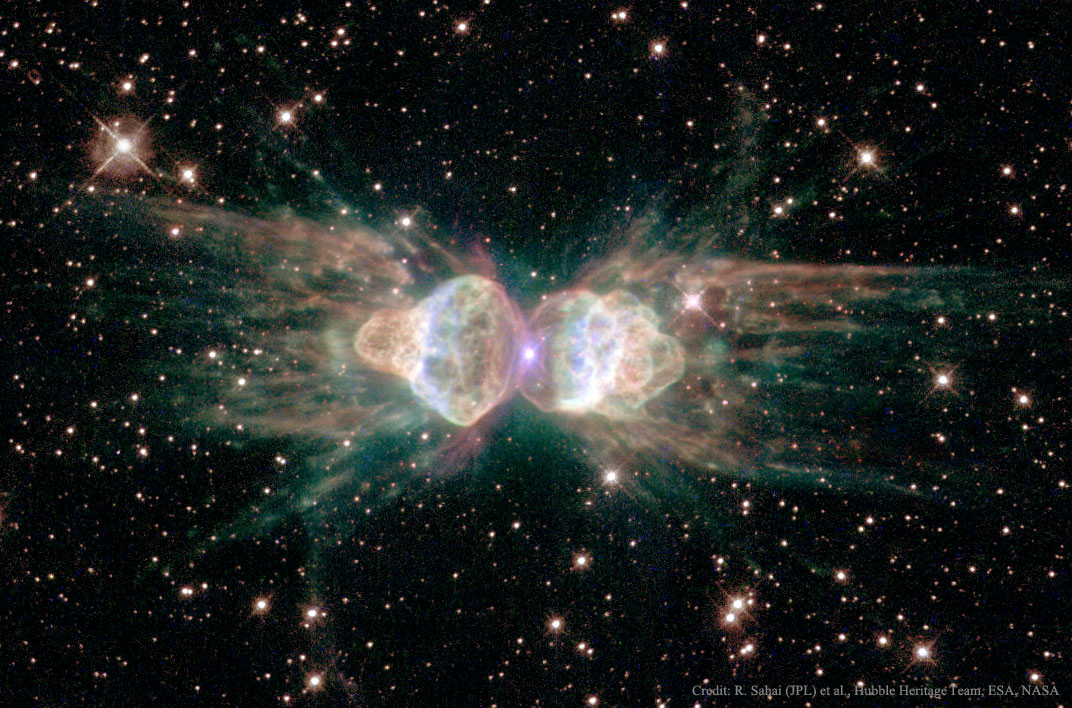 |
| "Lovell Telescope 5" by Mike Peel; Jodrell Bank Centre for Astrophysics, University of Manchester. Licensed under CC BY-SA 4.0 via Wikimedia Commons |
Jonathan Amos from BBC reports on the recent decision of international SKA radio telescope to locate the headquarters in Jodrell Bank Observatory near Goostrey, Cheshire in the north-west of England.. This is the home of the venerable 76 meter Lovell radio dish shown in the picutre. The huge new telescope is planned to become operatioal in 2025. Amos describes the magnificent project
The SKA will deploy huge fields of antennas across Africa and Australia to sweep the sky for answers to the major outstanding questions in astronomy.With the James Webb space telescope in orbit and the SKA radio telescope operational humanity can expect for some very deep insight into the early university and its secrets in the twenties - assuming, of course, that we do not blow ourselves into nuclear dust before that.
The SKA will investigate light sources in the sky that radiate at centimetre to metre wavelengths - but it will achieve sensitivities that are far beyond the reach of current telescopes.
This should allow it to see the hydrogen in the first stars and galaxies to form after the Big Bang.
The SKA will also pinpoint precisely the positions of the nearest 100 million galaxies. Scientists hope their structure will reveal new details about "dark energy", the mysterious negative pressure that appears to be pushing the cosmos apart at an ever increasing speed.
Read the entire article in Jonathan Amos BBC Science and Environment


